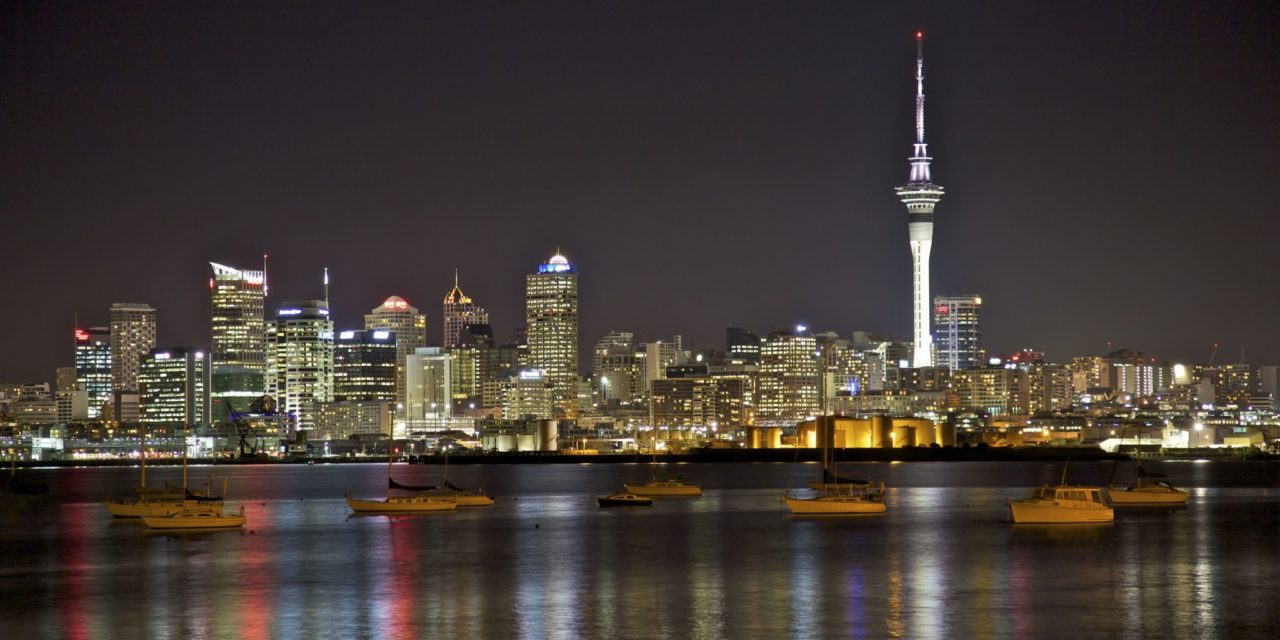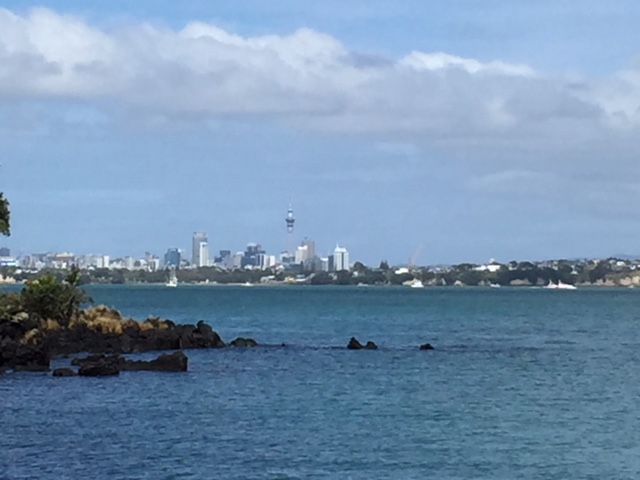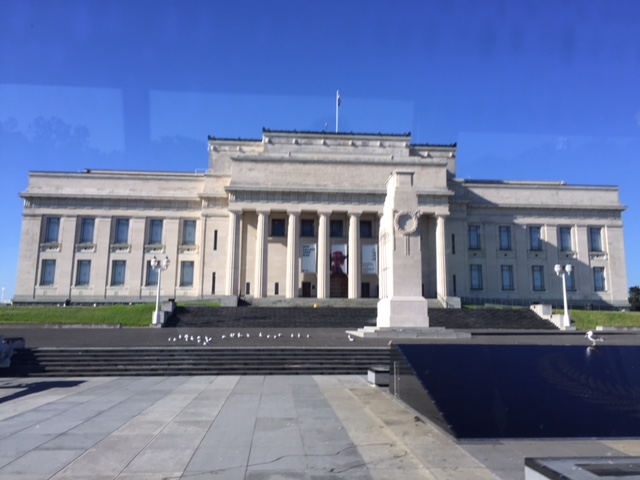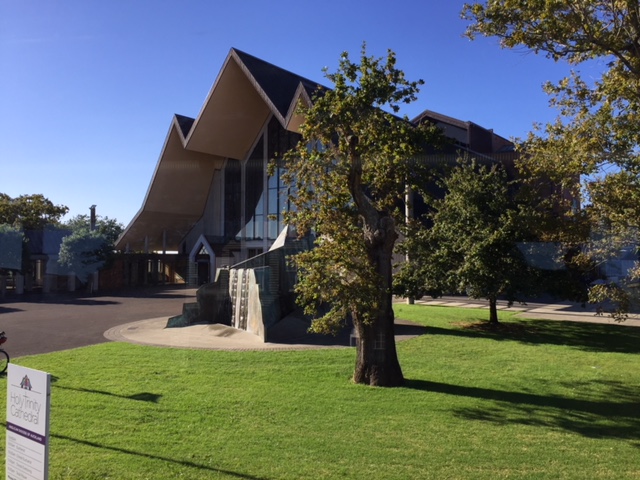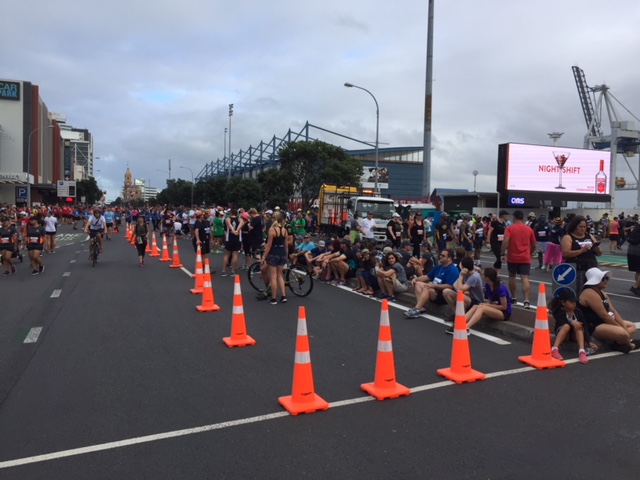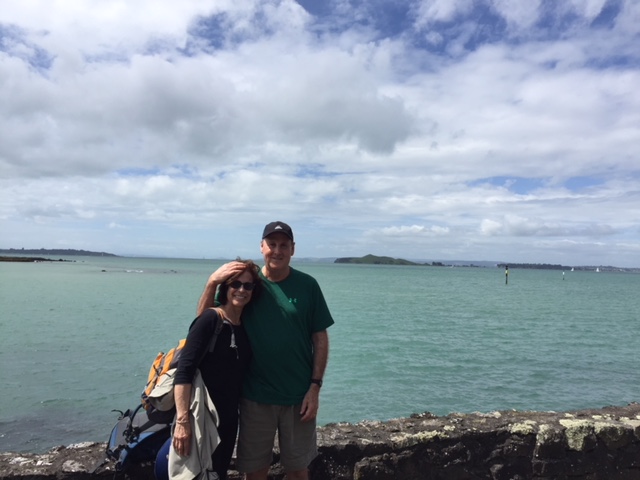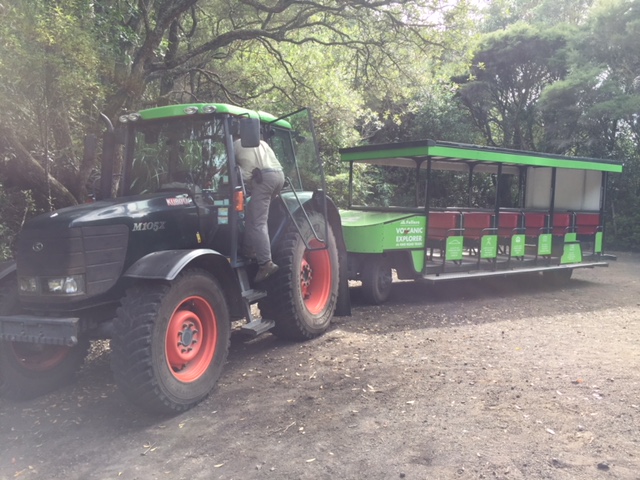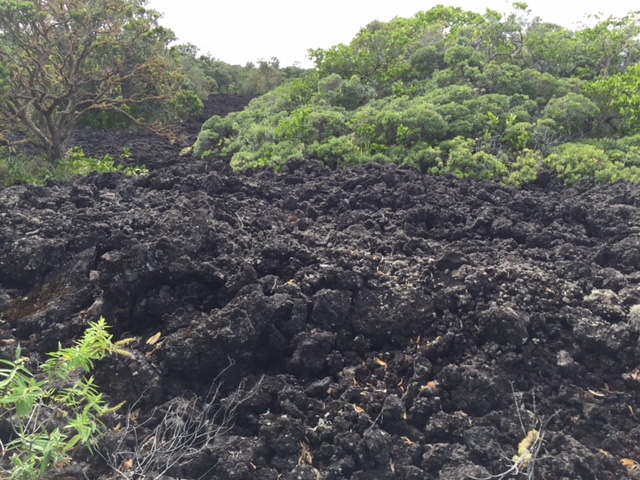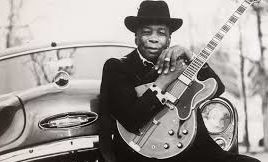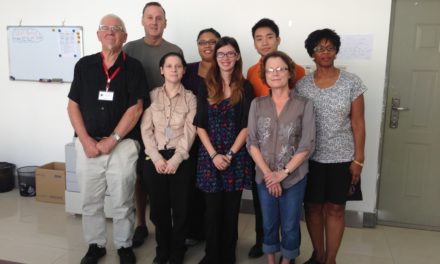Almost one-third of New Zealand’s 4.7 million people live in Auckland. To put that in perspective, New York’s population would have to be over 100 million to represent the same percentage of the U.S.
One of the pleasures of visiting New Zealand is the lack of crowds. It’s a land of open spaces, especially on the South Island, which is larger than the North Island but has only 23 percent of the country’s population.
So, after spending nine days in small towns, rural outposts and mid-size cities, Pat and I experienced an abrupt change when we arrived in Auckland following a 120-mile drive from our black water rafting excursion in Waitomo.
Auckland, on the northern end of the North Island, is a bustling, fast-growing city of 1.5 million people. During our brief stay there, we witnessed two of the city’s most popular annual events – the Round the Bays race, a charity fundraiser that drew more than 30,000 participants this year; and the Lantern Festival, a celebration marking the end of the Chinese New Year.
On our first morning in Auckland, thousands of people jammed the streets near our hotel. They were all wearing ID patches with their entry number, preparing to run, jog or walk the 5.2-mile waterfront course. It looked like the start of the New York City Marathon, just with better looking people.
That night, we rode the subway a few stops to the Lantern Festival at the Domain, the city’s oldest and one of its largest (185 acres) parks. It was the closing night of the four-day festival and the park was mobbed with visitors checking out the food booths, arts and crafts stalls, music and dance performances, amusement rides, lantern-decorated trees and brightly colored statues of traditional Chinese figures. It felt like I was back in the Middle Kingdom, where I spent a year teaching English at a university in Zhengzhou.
One day we took a short ferry ride to Rangitoto Island, a 3.4-mile wide nature preserve with no permanent residents. The volcanic island is covered with lava rocks and more than 200 species of native plants.
The lush flora was being destroyed by possums, wallabies and other creatures introduced from other lands until an eradication program wiped them out. Still wary of foreign invaders that would feast on the local vegetation, the island’s protectors have sprinkled the place with wooden rat traps.
We toured the island on an open-air tram pulled by a tractor cab. It was a bumpy ride on Rangitoto’s only road, a dirt pathway cleared by New Zealand prisoners in the 1920s and ‘30s.
There are 34 small cottages (or baches, as they’re known locally) on the island, used by families who have owned them for generations. The island has no electricity or running water, so the part-time residents use propane gas to cook and light their homes. “They come here to get away from civilization,’’ said our driver/guide, a retired park ranger who owns one of the cabins.
When we got off the tram, we climbed up wooden steps to the top of the 850-foot high rim of the dormant volcano, where we got spectacular views of the Auckland skyline, the Hauraki Gulf and surrounding islands.
While Pat and I were having lunch on the Auckland wharf one sunny afternoon, we started talking to the couple seated at the next table. It turned out the woman was from Point Pleasant, New Jersey, about 30 miles from our home, and was once married to the father of my sister-in-law Janet’s best friend. Small world, indeed.
On our last morning in New Zealand, we took a bus tour that passed by many of the city’s landmarks, including the Auckland War Memorial Museum (a neoclassic, columned building that would look at home in Washington, D.C.), Holy Trinity Cathedral (a modern church with a zigzag-shaped roof where the funeral for famed New Zealand mountaineer Sir Edmund Hillary was held in 2008)), the Sky Tower (a 1,076-foot, needle-shaped building that’s the tallest freestanding structure in the Southern Hemisphere) and Eden Park (the stadium where New Zealand’s legendary All Blacks rugby team has won two World Cups.)
After three weeks Down Under, we’re heading home with a lot of fond memories. A quote from Mae West, written on the wall of our hotel room in Auckland, sums it up pretty well: “Too much of a good thing is simply wonderful.’’
